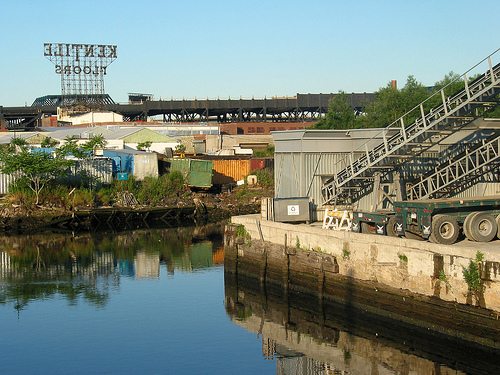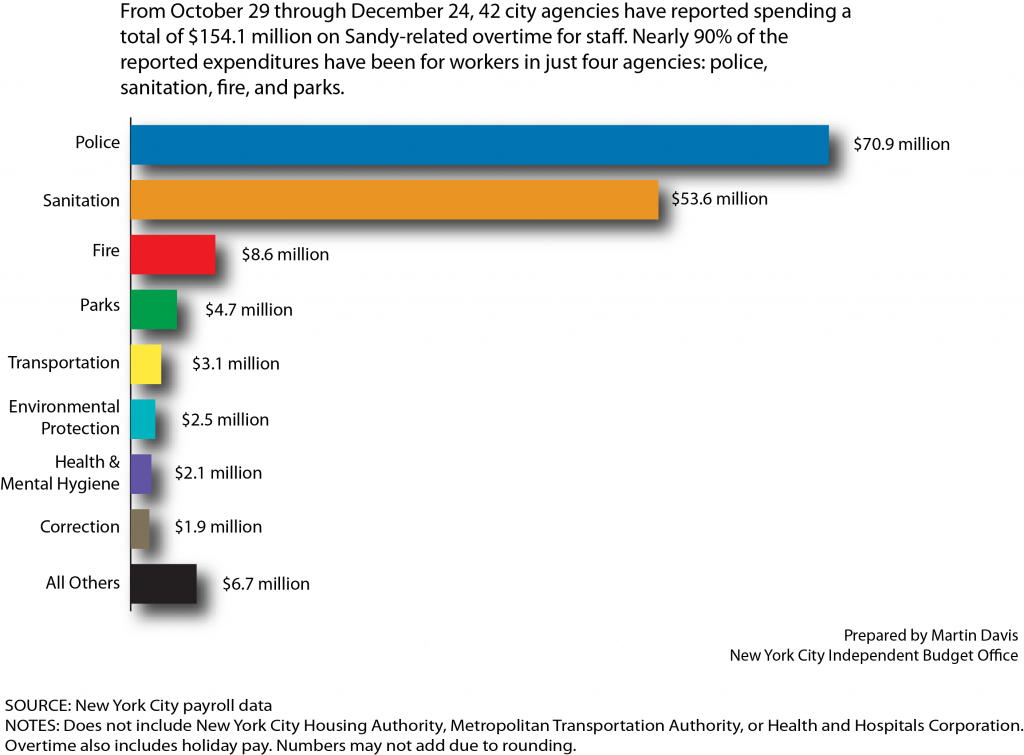
Officials from Major League Soccer visited the offices of the Queens Chronicle last week to try and change the paper's editorial position on the league's massive proposal to build a 35,000 seat stadium and concert venue in Flushing Meadows-Corona Park.
Queens
Major League Soccer is doing its best to rush a misguided plan to build a stadium in Queens through all the hurdles it faces before Mayor Bloomberg leaves office. It cannot be allowed to succeed, according to a strongly worded editorial in the Queens Chronicle.
League officials have been given every opportunity to be forthcoming about the important details of their proposal and to counter their critics, and they refuse to do so. A similar project they got approved in Harrison, NJ, just over the Hudson River, has failed to live up to its promises and ended up shorting that town’s taxpayers at least $3.6 million.
And, above all, their plan for a stadium in Flushing Meadows Corona Park would severely damage what remains the crown jewel of Queens, without enough benefit to residents.
The deal MLS seeks with the city would be a steal, literally, in all but the legal sense. It wants a $1 a year lease for up to 13 acres of public parkland — the classic deal politicians and private for-profit businesses cook up behind closed doors to take the citizens’ property without compensation.
That deal, which must be stopped, is at the heart of why MLS is in such a rush. If it doesn’t get public land essentially for free, the league will have to buy the 10 to 13 acres it needs for a 25,000 seat arena on the open market.
All that the public would get in exchange is 13 acres of new parkland somewhere else —but not all in one chunk — and the rehab of some existing soccer fields at Flushing Meadows, which should be a city job anyway. MLS also says it would invest tens of millions of dollars in the park, but it’s vague as to how and where, as it is on so many details, even when its president met with us last week.
One of the most frustrating vagaries is the league’s site selection process. MLS is dead set on building a stadium in Flushing Meadows, mostly because the land would be free but also because there are so many Latin Americans in nearby neighborhoods and soccer is such a force in that culture, and because of all the transportation options that get people to the park. But we don’t see why a stadium couldn’t be considered for any number of other locations, such as Aqueduct Race Track or the old Flushing Airport, and MLS has not been forthcoming in what other sites it rejected or why.
We are not against soccer in Queens; in fact we would welcome it. We are against giving away our parkland. Imagine, as crazy as it sounds, that this project had been proposed for Central Park. Of course it would be rejected out of hand. But if the mayor wants a stadium, maybe he should consider putting it there, in his own neighborhood’s crown jewel park.
Another major concern with the proposal is the question of team ownership, one of many issues discussed in this week’s Queens Chronicle story “MLS to Queens? Stop by Harrison, NJ first.” The league has yet to select an owner for the team it would locate here, but that means accountability would be hard to pursue should any problems arise as the stadium is built. And the one possible owner that’s been reported on in the press is an Arab oil sheik, a prospect we find troubling. If a Queens soccer team were to go belly up, as two MLS teams have in recent years, what would he care about an empty stadium nearly half a world away?
Standard political practice means there is one person who could stop this project today if she wants to: City Councilwoman Julissa Ferreras, whose district includes the northern section of the park. She should see this proposal for the land grab that it is. If she says no to it, the rest of the Council will follow suit, and the plan will be denied — if MLS doesn’t just give up on its own first.
We urge you to call Ferreras at (718) 651-1917 or (212) 788-6862, or email her at jferreras@council.nyc.gov, and tell her to keep our park in our hands. MLS can come back with a better site any time.
Read More:
Flushing Meadows Soccer Stadium Must Be Stopped
Queens Chronicle - January 31, 2013








